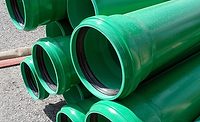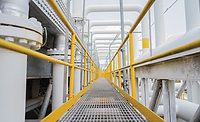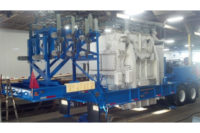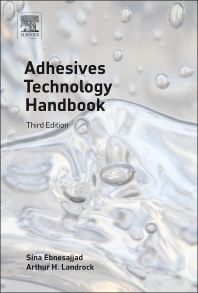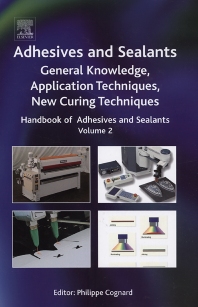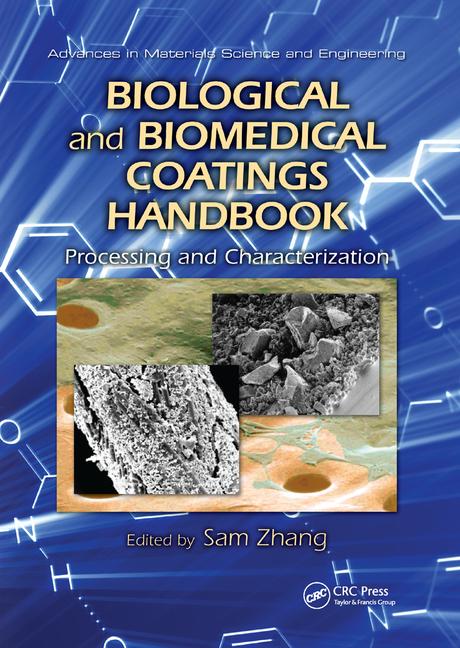Chemically Bonded Phosphate Ceramics
More Than a Temporary Corrosion Covering

While traditional corrosion protection has relied mostly on short-lived, physically bonded coverings of substrate surfaces, a new category of chemically bonded phosphate ceramics (CBPCs) can create a long-lived passivation layer that stops corrosion. This is further protected by a tough ceramic outer layer.
The Limits of Traditional Corrosion Protection
For generations, polymer paints have acted as a physical barrier to keep corrosion promoters such as salt water and oxygen away from steel and aluminum substrates. This works until the paint is scratched, chipped or breached, and corrosion promoters enter the gap between the substrate and polymer coating. Then the coating can act like a greenhouse − trapping water, oxygen and other corrosion promoters − allowing corrosion to spread.
Placing sacrificial, reactive elements next to steel that will corrode first, such as zinc and galvanized coatings, is another strategy. This works until the sacrificial elements are consumed and recoating must be done, usually after a few years.
Cathodic protection, where a negative voltage is imposed on steel, can limit corrosion on pipelines or other stationary, continuous metal structures where voltage can be attached. But this can fail if it’s not properly insulated and voltage goes to ground.
For assets that demand long-term corrosion protection, stainless steel alloys work. But with stainless steel costing up to six times more than mild steel, this option is often cost prohibitive.
A New Approach to Corrosion Protection
Ideally, engineers, facility managers and industrial paint contractors would want the long-term corrosion resistance of a stainless steel part with the lower cost of coating application. A new category of CBPCs, such as EonCoat, is now basically making this possible. “Unlike polymer paints that simply cover a substrate, CBPCs essentially ‘alloy’ the surface,” says Tony Collins, CEO of EonCoat.
Dr. Arun Wagh, a former materials engineer at Argonne National Lab, and lead developer of the technologies underlying EonCoat ceramics, explains it like this: “When a dual-component spray gun mixes an acid phosphate with base minerals and metal oxides in a water slurry, a chemical reaction occurs on the surface of the steel substrate.” “A hand-held thermometer indicates a 10-12 °F temperature rise, as iron becomes a corrosion-resistant passivation layer of iron oxyhydroxide. Because the passivation layer is electrochemically stable, like gold and platinum, it does not react with corrosion promoters such as water and oxygen.”
Scanning electron microscopy indicates this passivation layer is about 20 microns thick. X-ray diffraction indicates this passivation layer is about 60% iron with components of phosphate, magnesium, silicon, hydrogen and oxygen.
“History suggests that EonCoat’s passivation layer may resist corrosion indefinitely, as demonstrated by the Iron Pillar of Delhi,” says Wagh. “The Iron Pillar, a 7-meter high, 6-ton Indian artifact that has resisted corrosion for 1600 years with its original inscriptions still legible, has a virtually identical passivation layer to that of EonCoat.”
In contrast to typical polymer coatings, which sit on top of the substrate, EonCoat bonds through a chemical reaction with the substrate, so slight surface oxidation actually improves the reaction. This makes it virtually impossible for corrosion promoters like oxygen and humidity to get behind the coating the way they can with ordinary paints.
The corrosion-resistant passivation layer is further protected by a true ceramic outer shell. This dense ceramic outer shell is impermeable to water, and resists impact, abrasion, chemicals and fire. The ceramic outer shell forms simultaneously with the passivation layer and chemically bonds with it, after acid and base materials mix in the spray gun nozzle then react with the substrate surface. The dual-layer ceramic coating can be used both as a primer and a topcoat, and can be applied in a single pass that’s dry to the touch in 1 min, hard dry in 15 min, and can be returned to service in an hour.
Though CBPCs such as EonCoat have proven themselves in the laboratory and in examples such as the Iron Pillar, Tony Collins knew that the effectiveness of the new material had to be compared to that of traditional anti-corrosion coatings.
Duplicating a NASA corrosion test, Collins immediately put EonCoat to the test against 19 leading anti-corrosion coatings in a live corrosion test, viewable to the public by webcam. Coated samples were scribed, then exposed to 12 h of sea spray, followed by 12 h of sunlight (or the UV light equivalent). After 45 days, every other high-performance coating tested failed. Except for the rust on its scribe (gouge) line, the EonCoat sample looked the same as day one.
To monitor another ongoing corrosion test modeled on NASA’s sea spray test, the public can view, zoom and control a live webcam at www.eoncoat.com. In the latest test, which has passed 120 days and includes brand names matched to numbers, 20 Q panels coated with a popular primer, topcoat, or EonCoat are sprayed daily with corrosive seawater.
“There’s nothing like seeing results with your own eyes,” says Collins of the ongoing corrosion tests displayed by webcam. “The product has gone more than 10,000 h with no corrosion in a salt spray ASTM B117 test, but we believe that engineers, facility managers and industrial contractors will see value in comparing its effectiveness with leading brands. CBPCs like EonCoat are a new approach to corrosion protection that should be looked into as aging plants, equipment and infrastructure need to be safely maintained as long as possible.”
For more information, visit www.eoncoat.com.
Looking for a reprint of this article?
From high-res PDFs to custom plaques, order your copy today!




